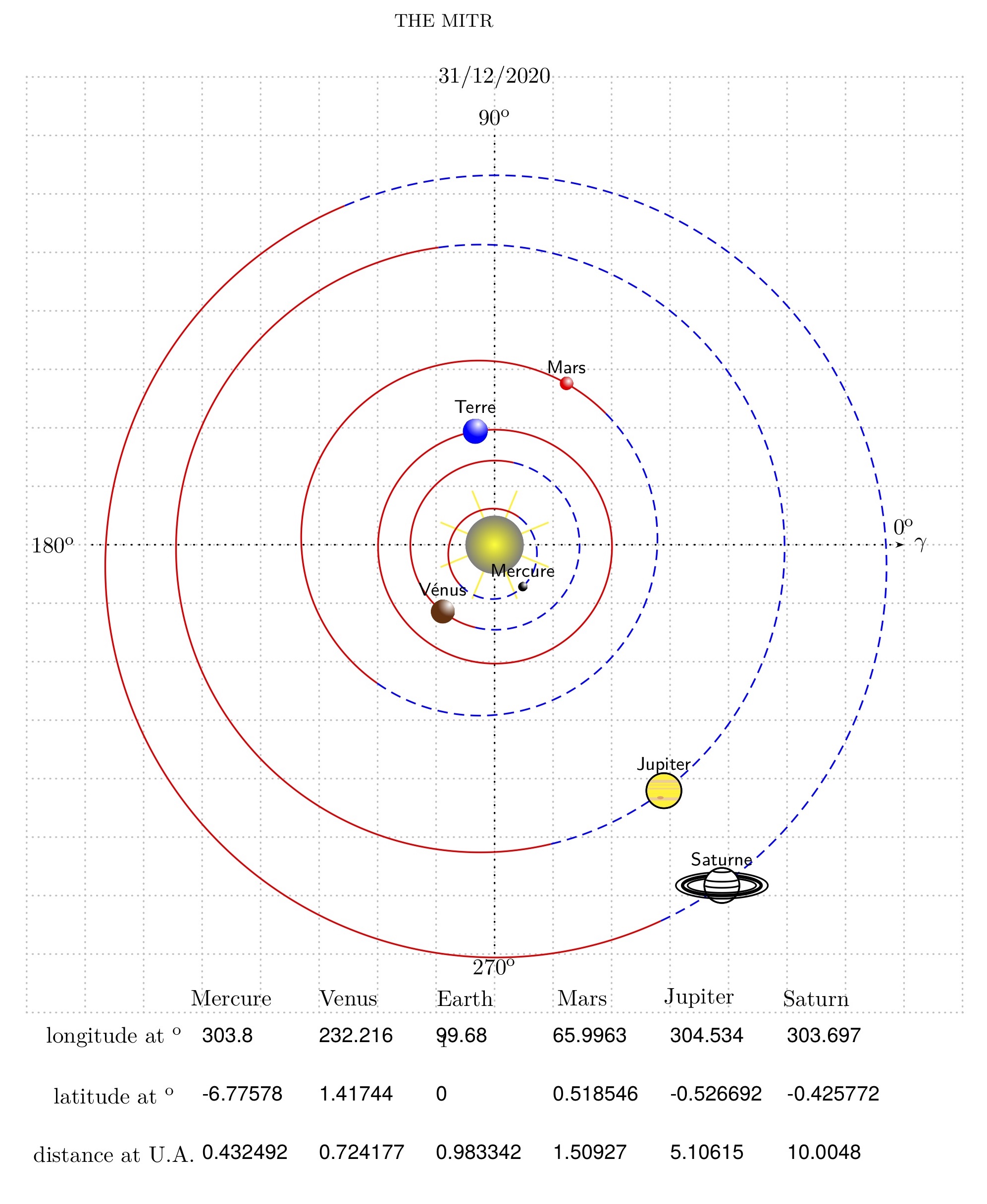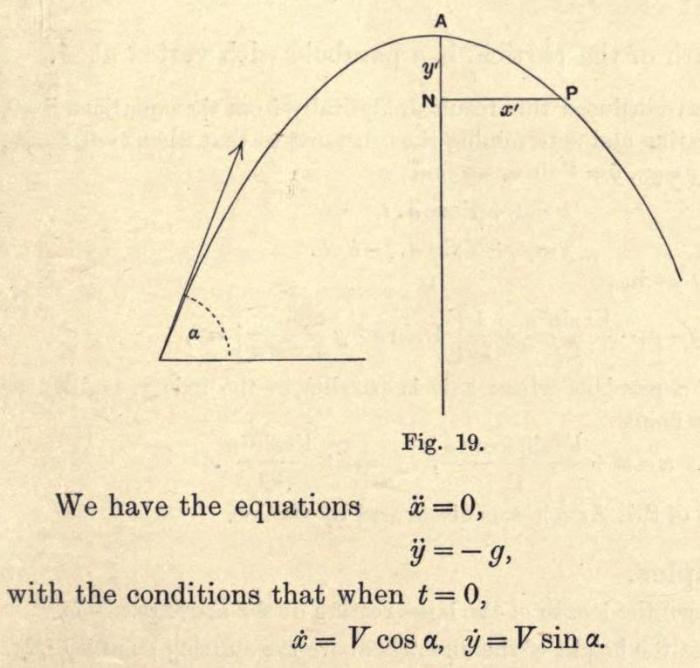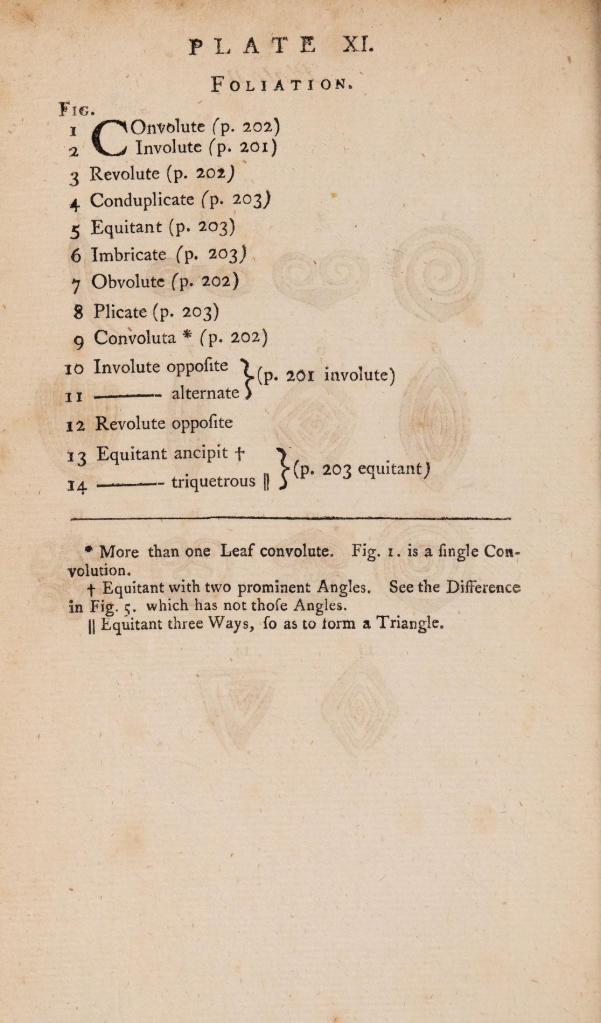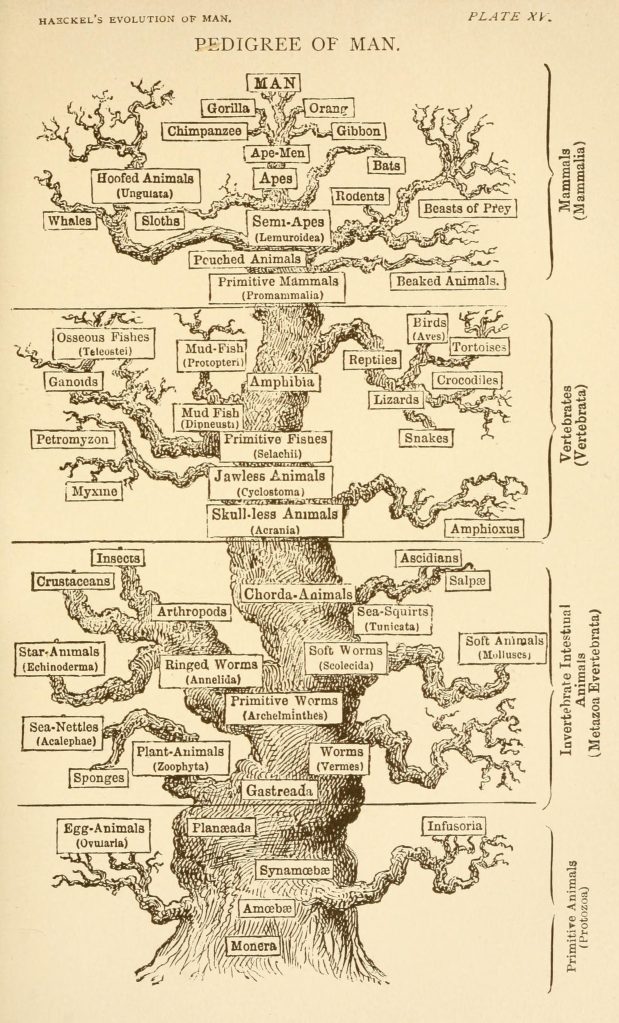
I have visited one of the most iconic sea forts in Maharashtra – the Sindhudurga at Malvan on the Konkan Coast twice. It is one of the most beautiful sea forts you will witness. The crystal clear waters and blue skies will be imprinted in your memories. The first time I had an analog camera with me, so I couldn’t take as many photos as I would have wanted (one of the analogue snaps is above c. 2001). The second time I had a really nice digital camera with me, so I did take a load of photos (all the ones below).

Maratha navy was a very formidable force on the Konkan coast. The maratha navy under the Angre’s was a force feared by the Portuguese and English alike. They ruled the waters from North of Goa to Colaba Fort (not the same as Colaba in South Bombay) with their capital at Gheria (Vijaydurg), in the later half of 1700s. Maratha navy ships were fastest and very agile in open waters and were absolute terror for the europeans. Anticipating the need for a strong navy as well, Sindhudurga was one of the first sea forts to be built by Shivaji. The fort is built on a rocky outcrop off the coast of Malvan. The fort played an important role after Shivaji as well. It housed Tarabai, the widower queen of younger son Raja Ram during the invasion Mughals. The fort has walls which have stood the test of time and are still standing well even after several centuries against sea water and constant barrage of waves. (though in the second visit we found parts of wall had collapsed). The architecture of the fort is amazing, though we only see the bastions and ramparts now. The fort walls are shaped smoothly when required (in the mathematical sense of continuity), unlike later european forts which are more angular in nature. The front gate is hidden inside a curved pathway between two bastions so that is not visible directly (hence cannot be hit directly with a canon. This mechanism is also seen in several other forts such as Raigad and Janjira. But so much about the fort, coming back to the topic of the post.
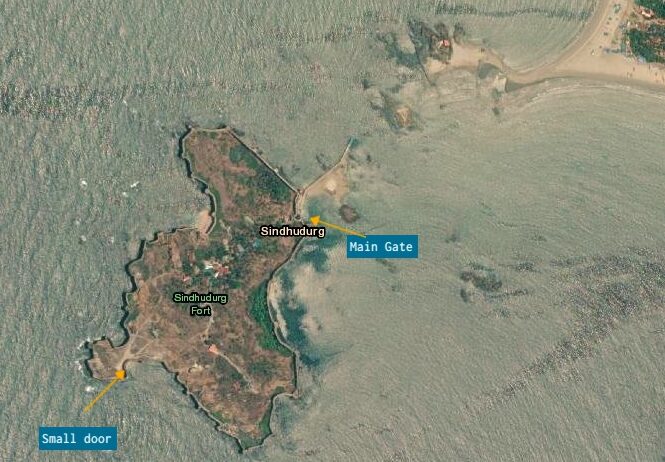
On the southern end of the fort there is a small door which opens to a patch of beach. This is one of the best spots on the fort if you are a nature lover. In this small patch there is clear water and beach.
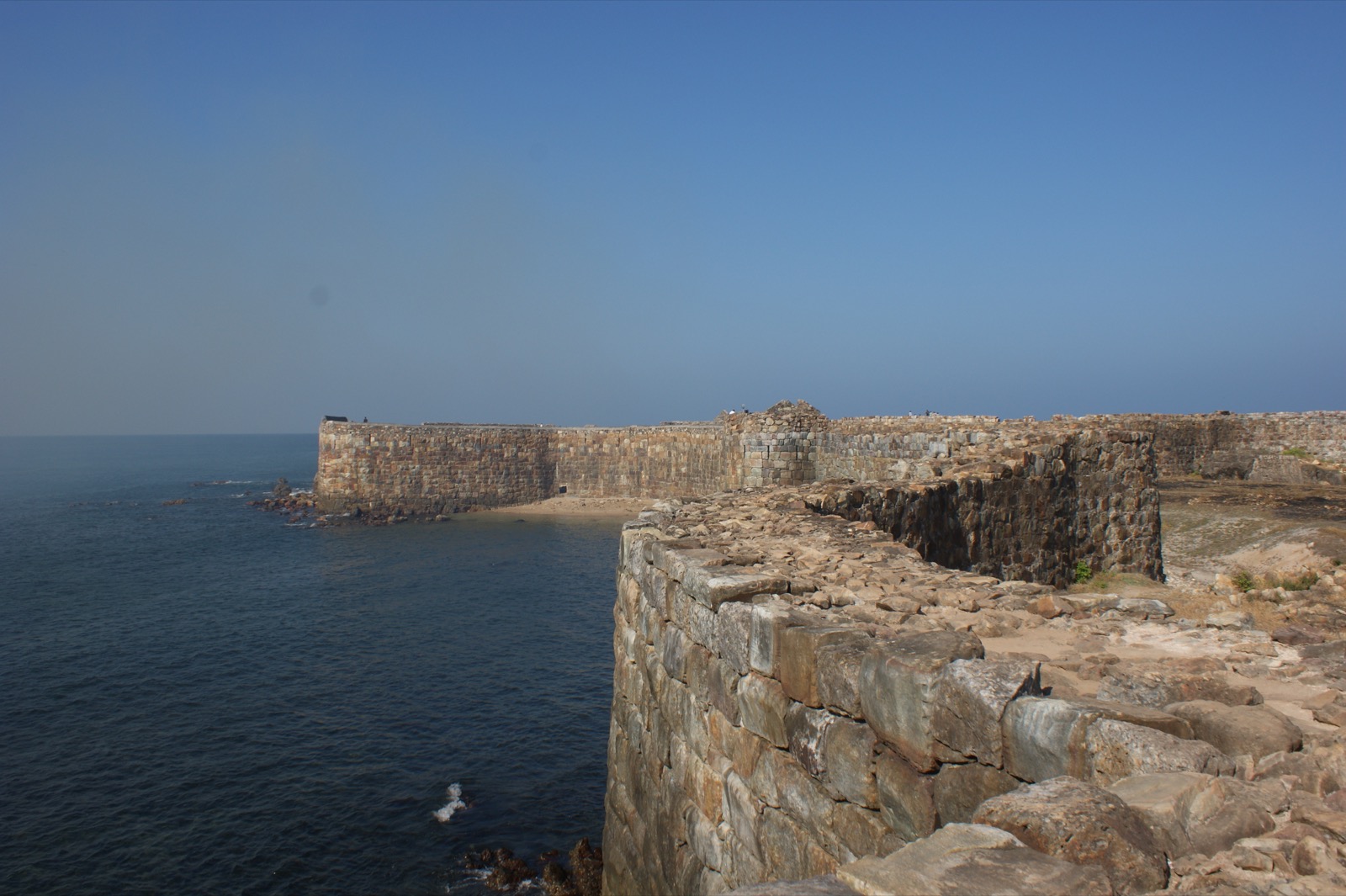
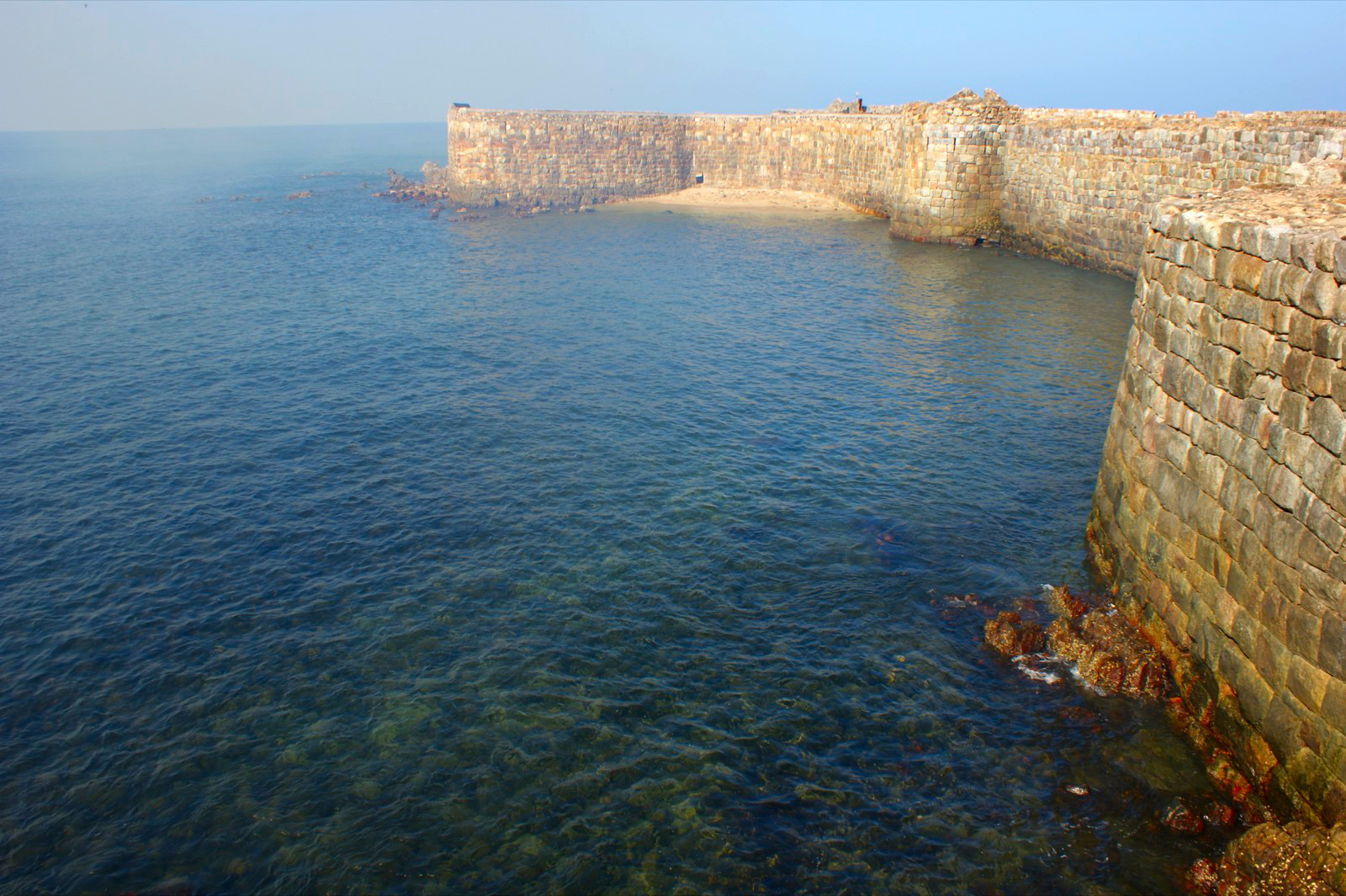
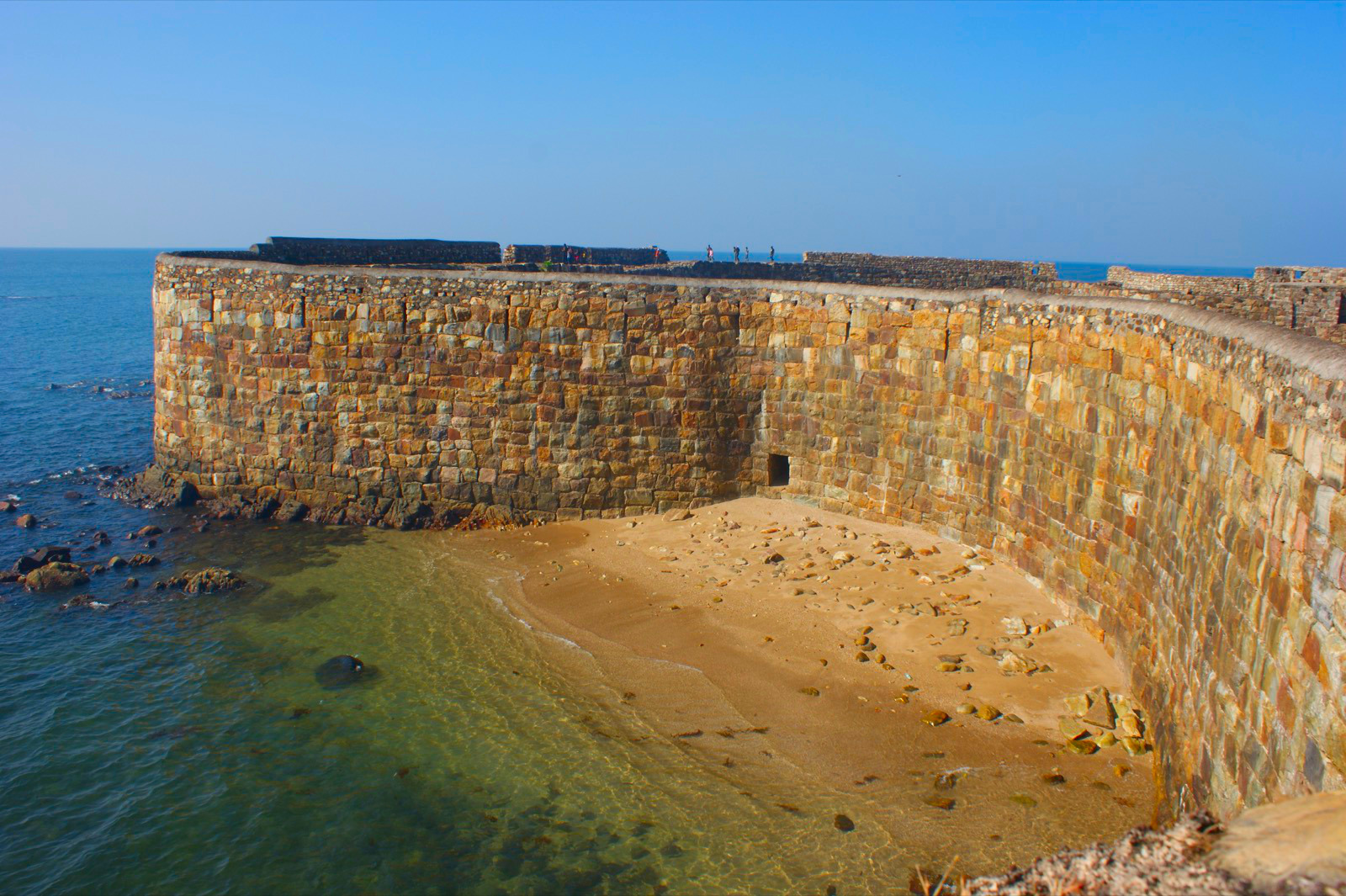

The beach sand is coarse, meaning most of it is actually made of seashells. This is a treat to see, myriad shapes, sizes and colours of seashells blended to form the sand. Sand is a fascinating mixture which results from erosion (air, water) and evolution over long time scales. Sand has both inorganic and organic content.
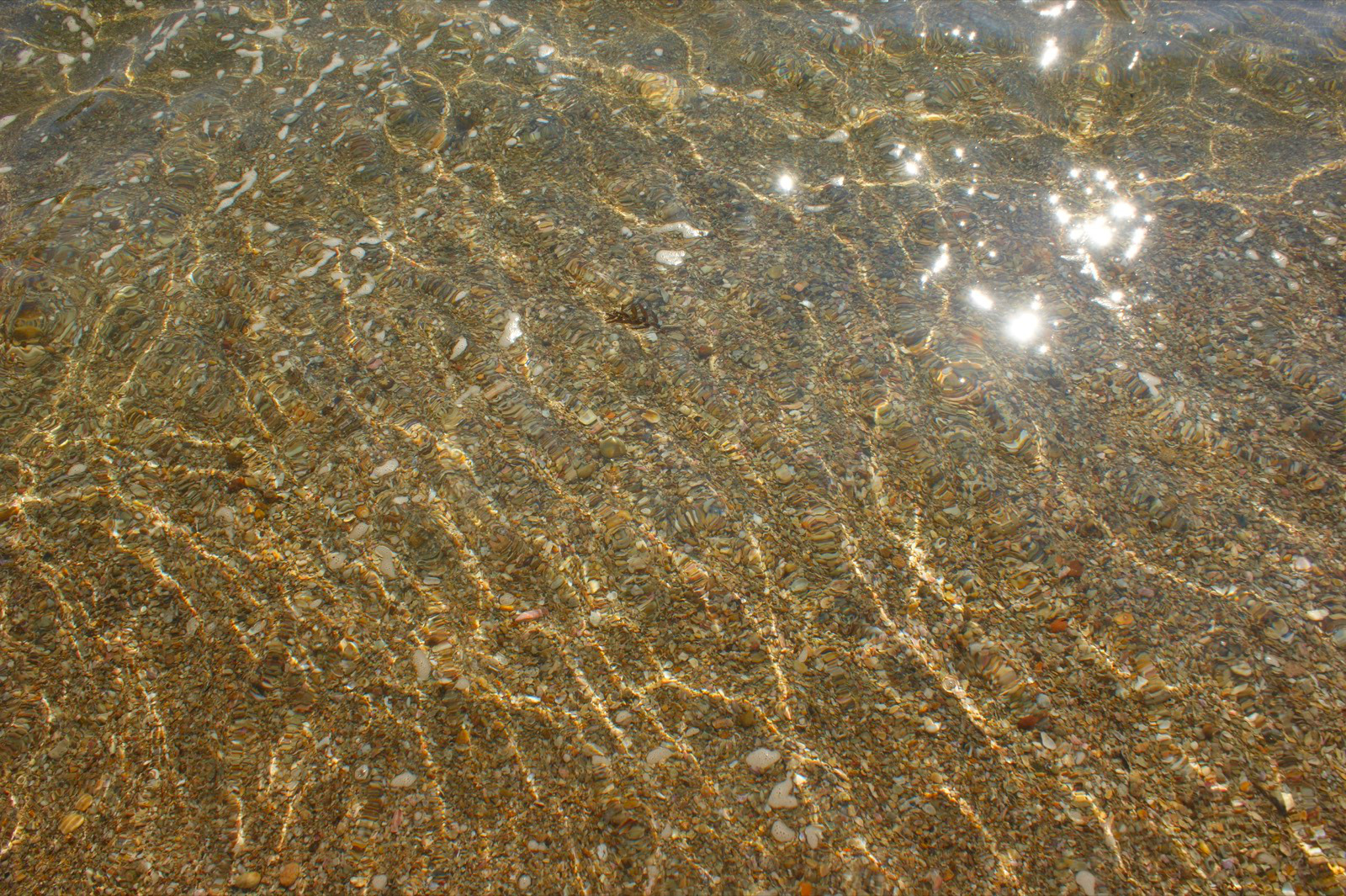
The sea shells are logarithmic in nature, with the nautilus perhaps being seen as exemplary. In many cases of shells the logarithmic spiral is obvious (see the photo), but in other cases as well it shows logarithmic growth.
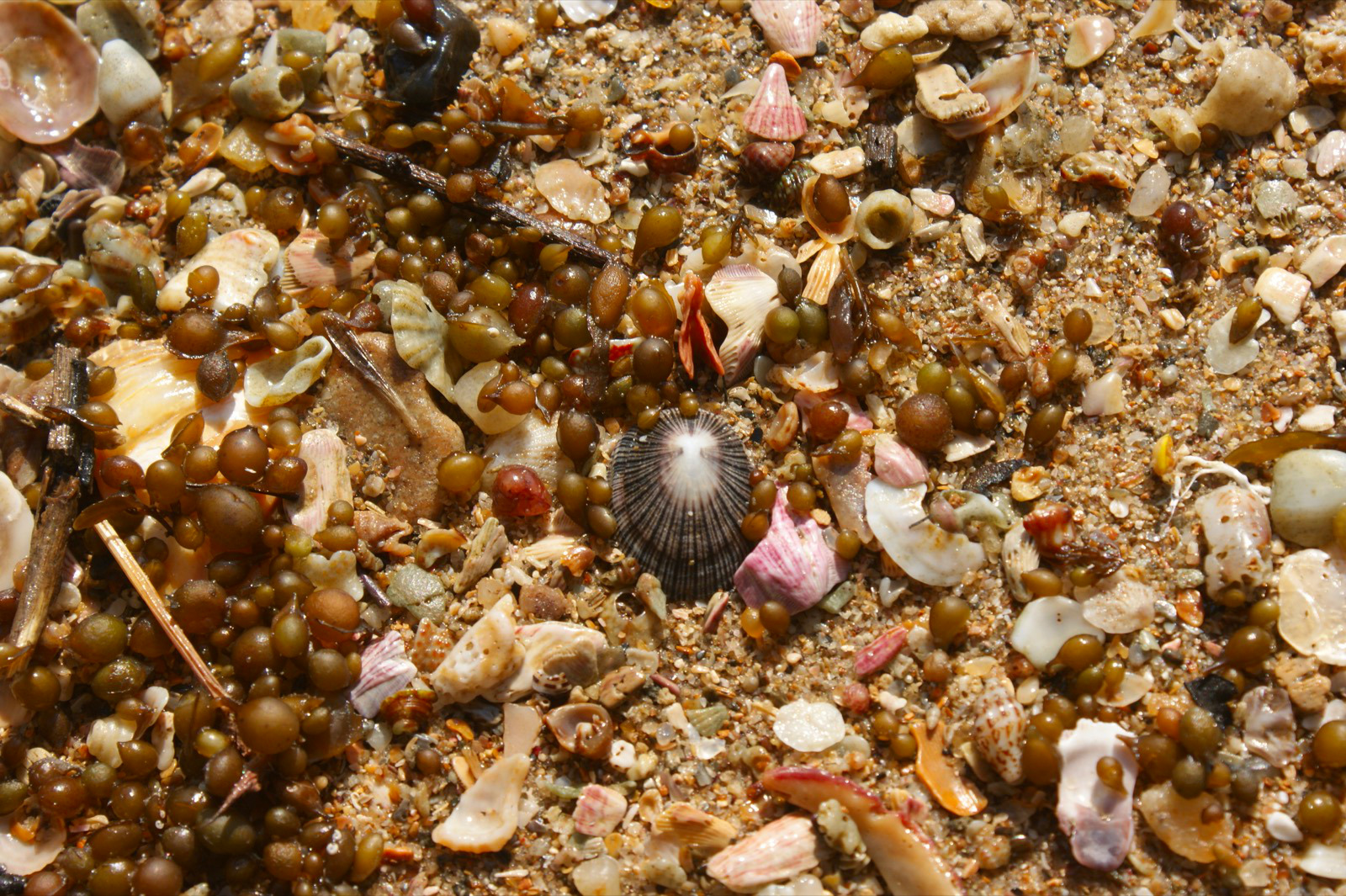
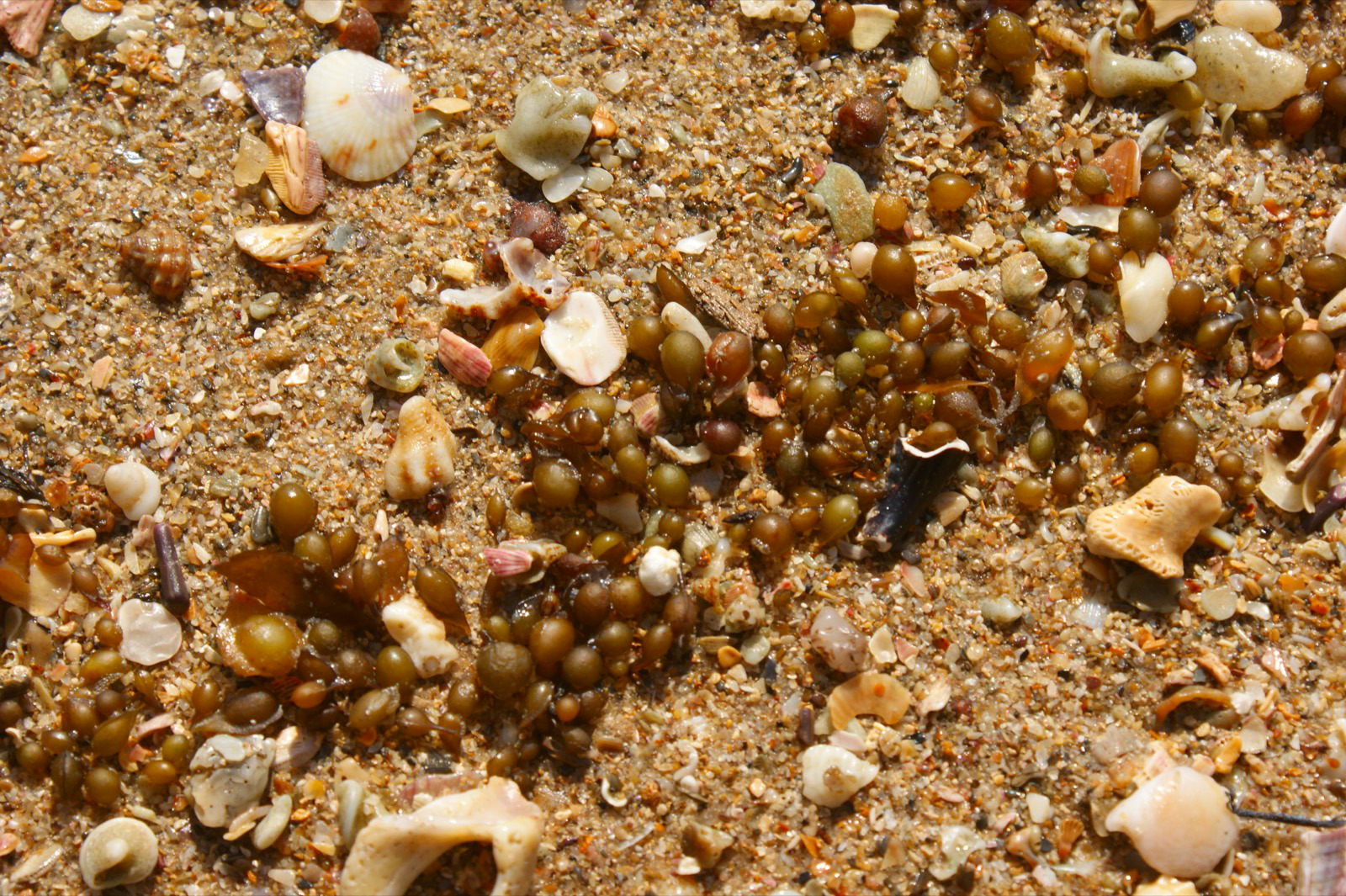
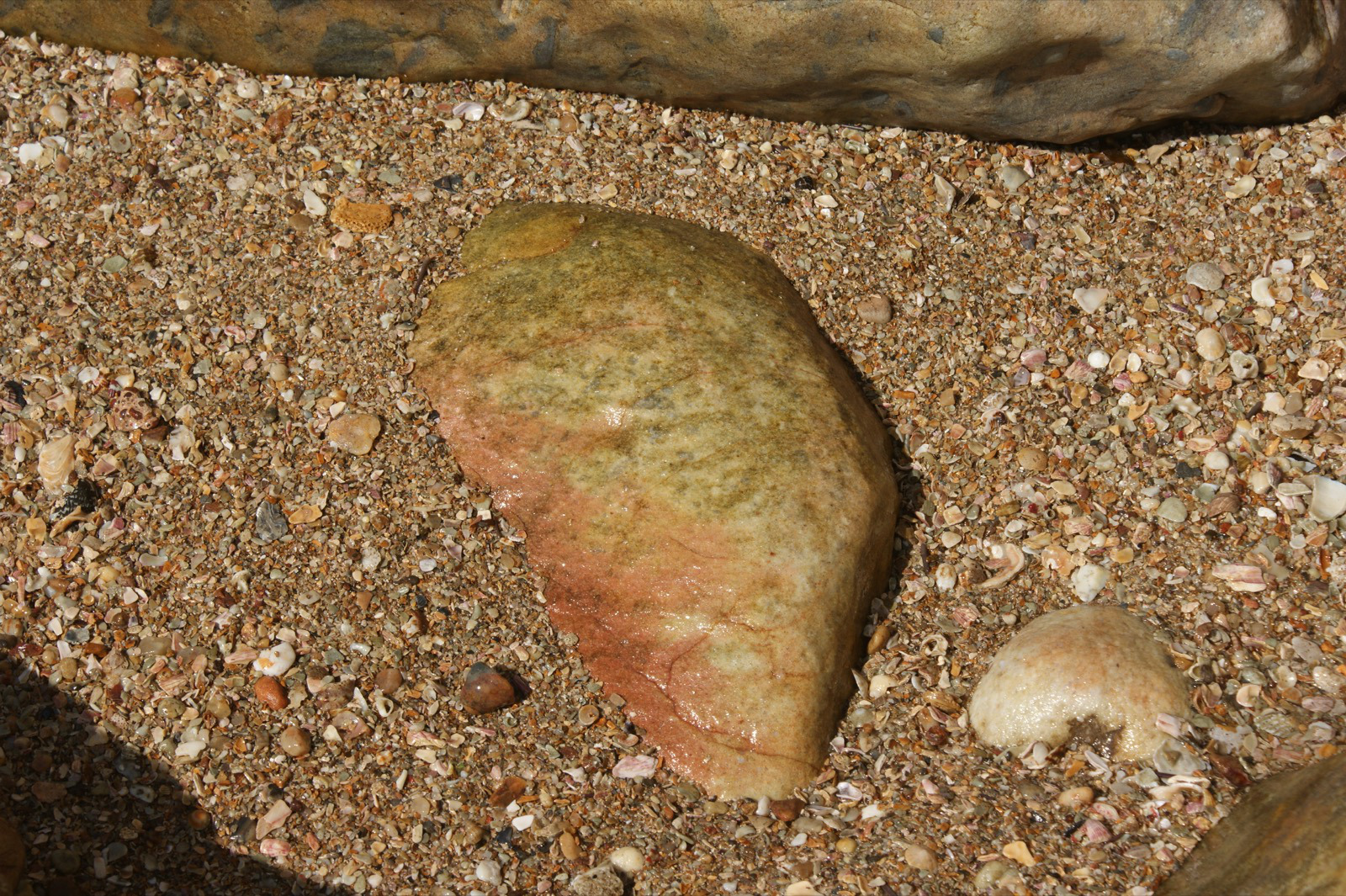
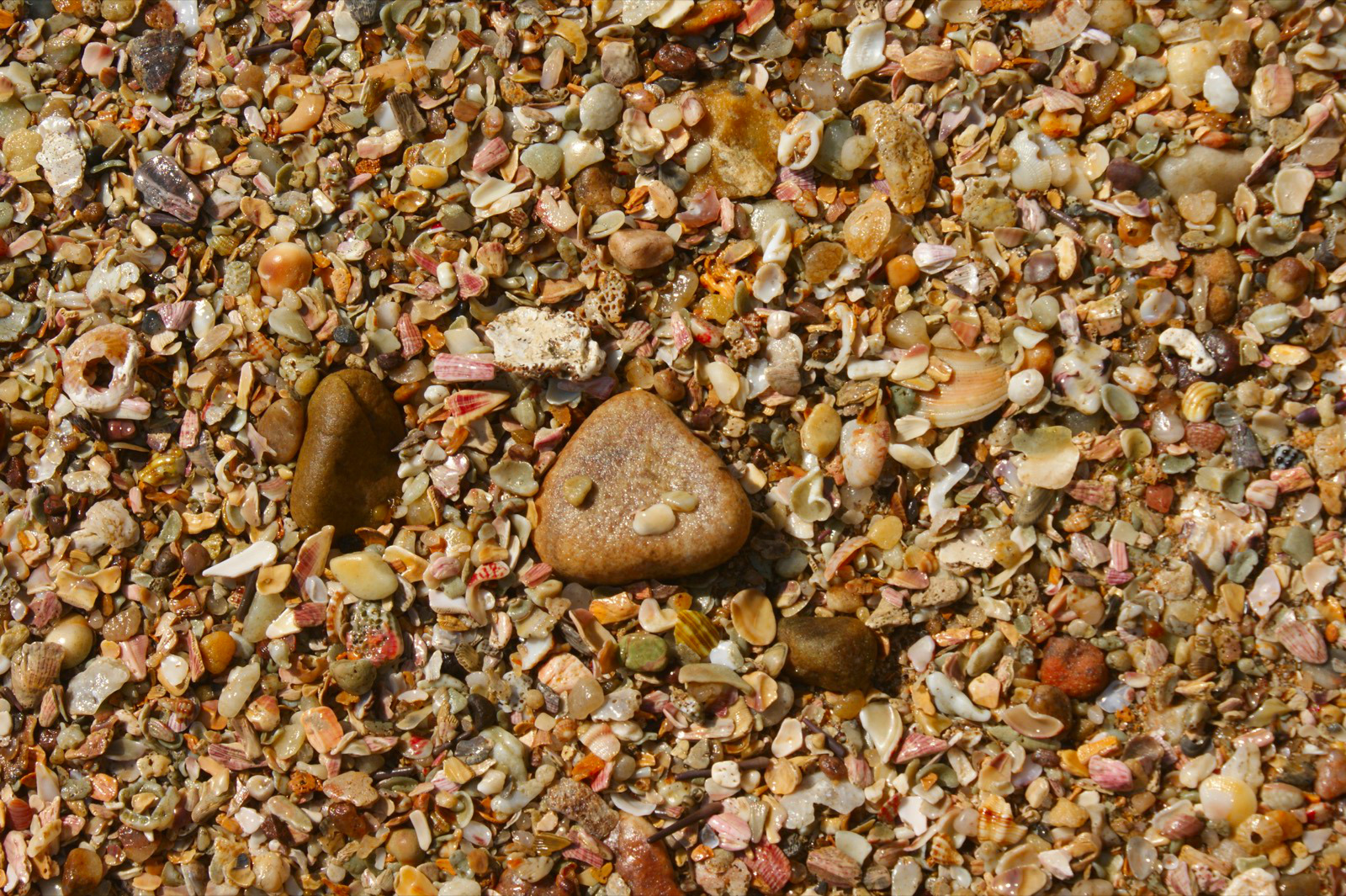
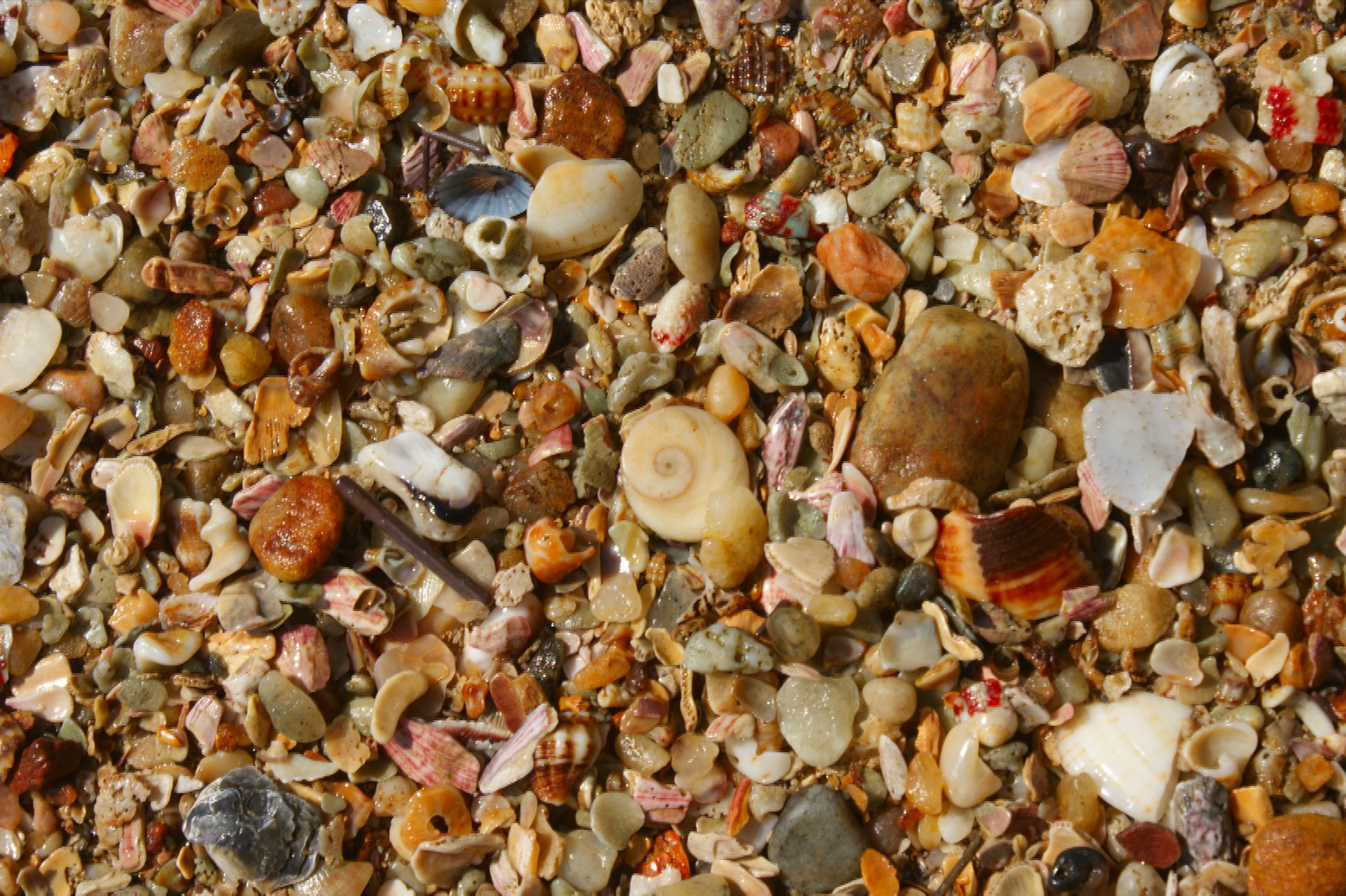



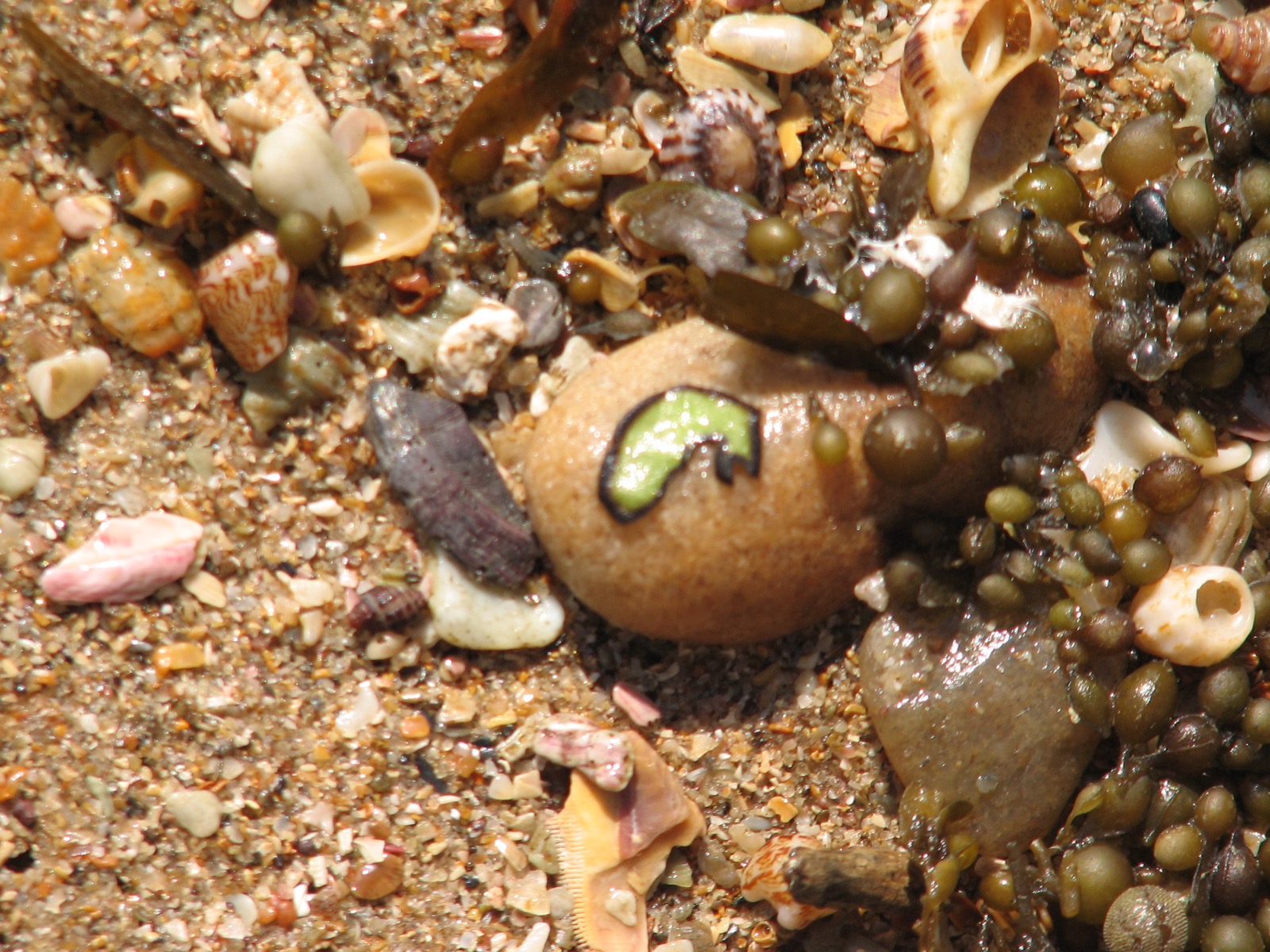

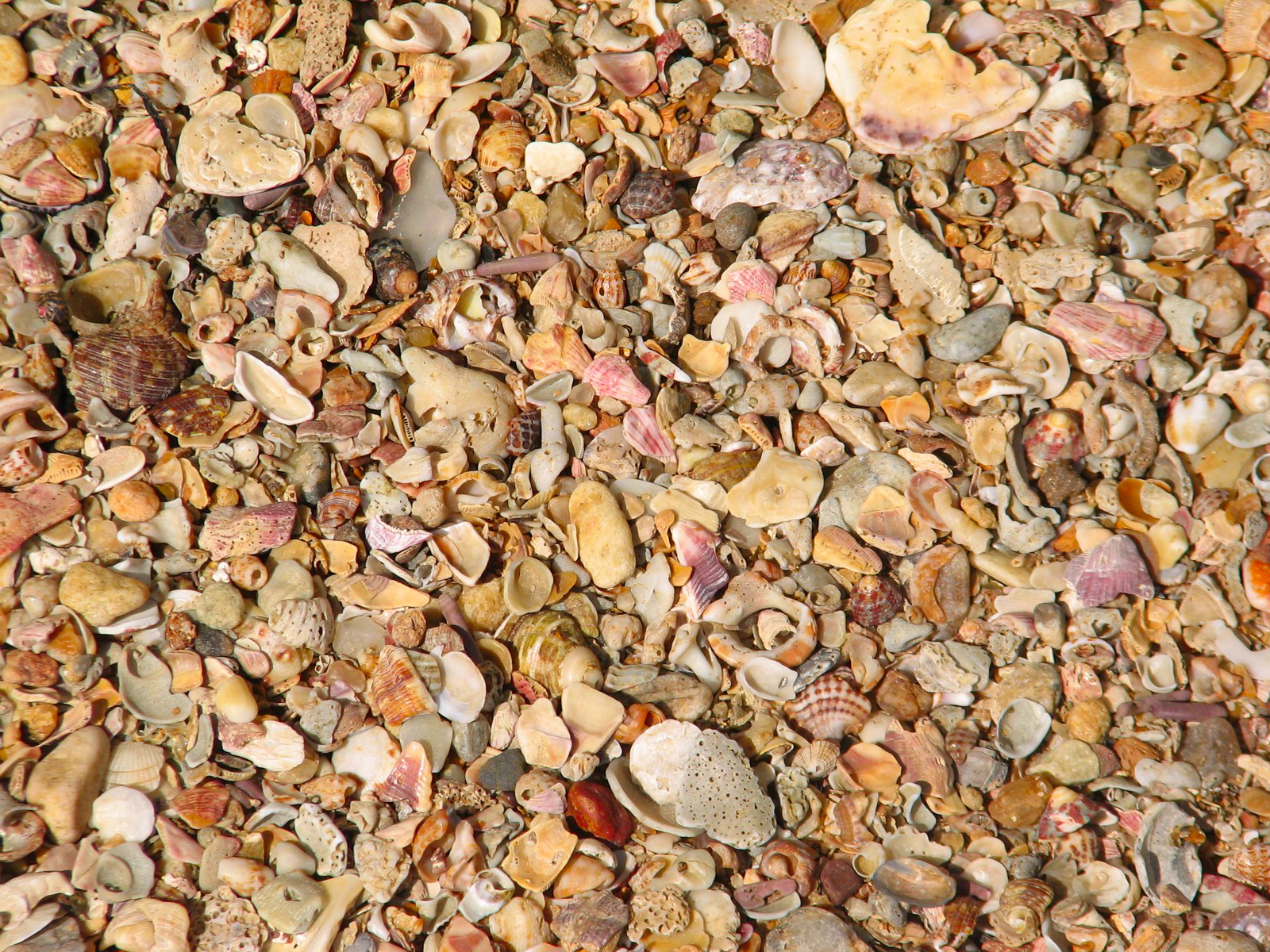
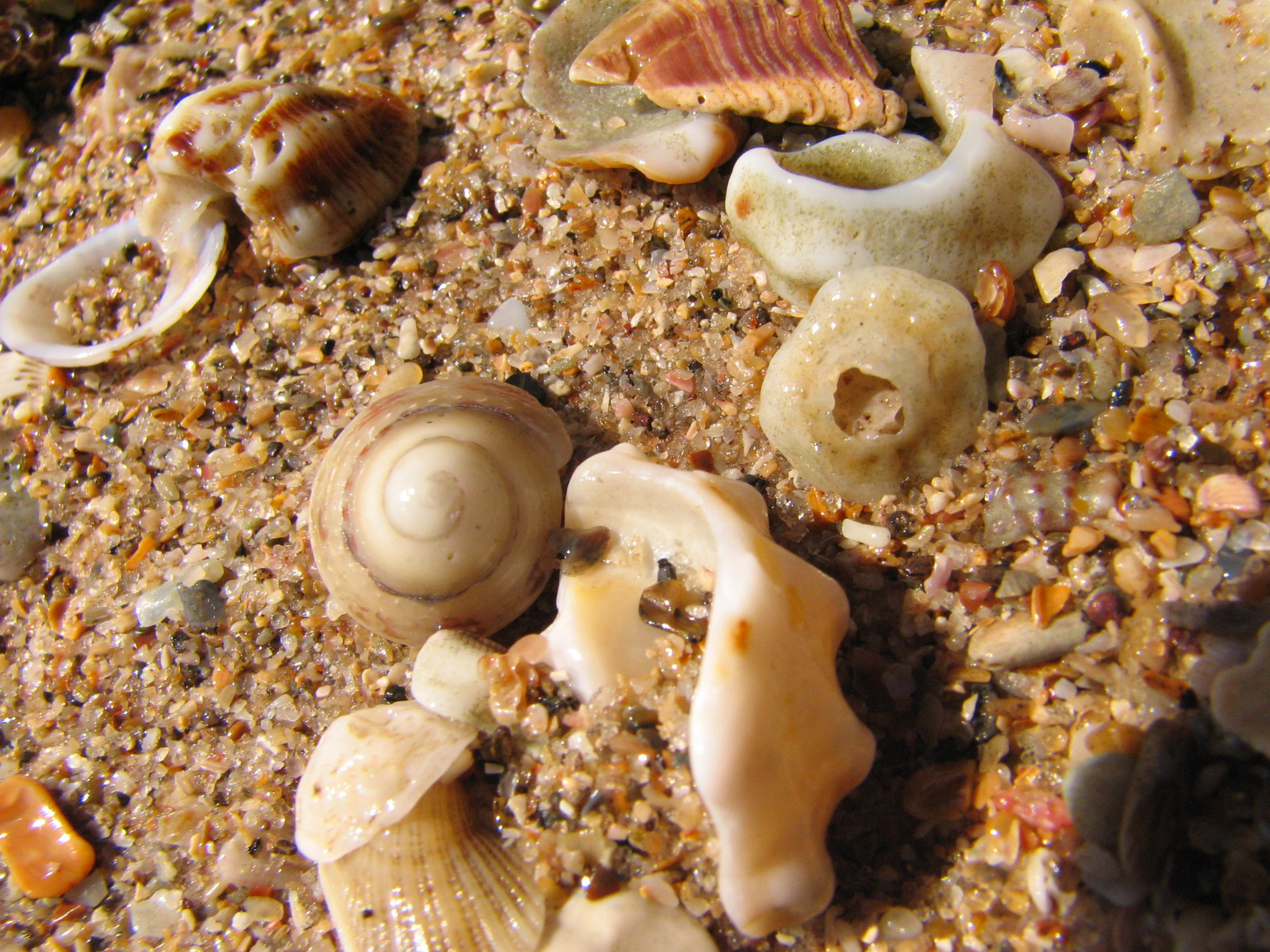

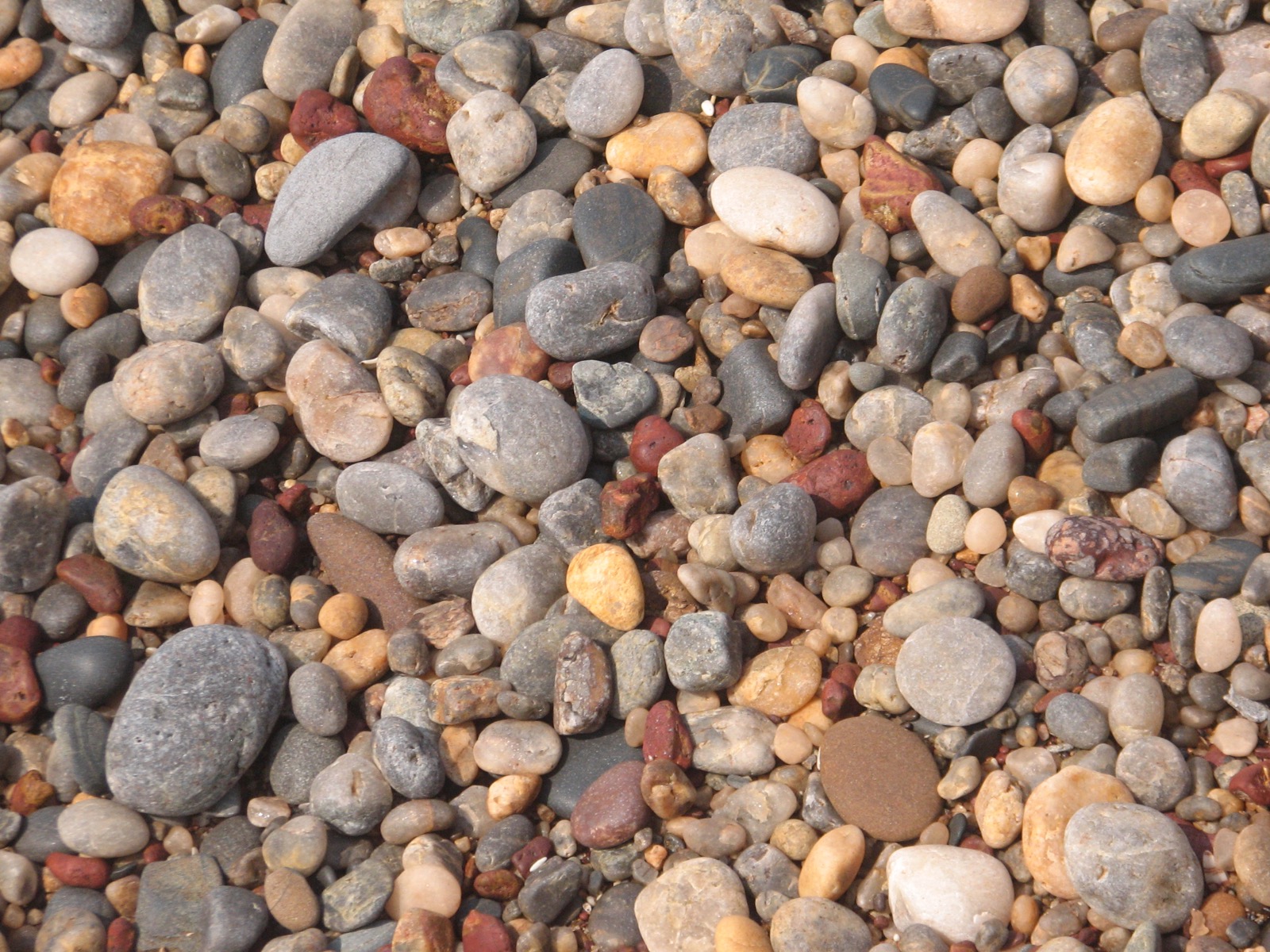

See a previous post on patterns in nature, this post is a sort of extension of that. For an extensive and excellent treatise on spirals see The Curves of Life by Theodore Cook. On a side note, you should also read Junijo Ito’s spiral themed horror manga Uzumaki.
I did collect a few noteworthy shells from this patch (there were so many to collect!), and these included a few approximately hemispherical ones which were flat on the other side. These shells had a nice logarithmic spiral on the flat side which was also relatively smooth. While the hemispherical side was comparatively rougher.
Now in all other shells, one could easily visualise where would the animal be that created the shell or how the animals used that shell. for example

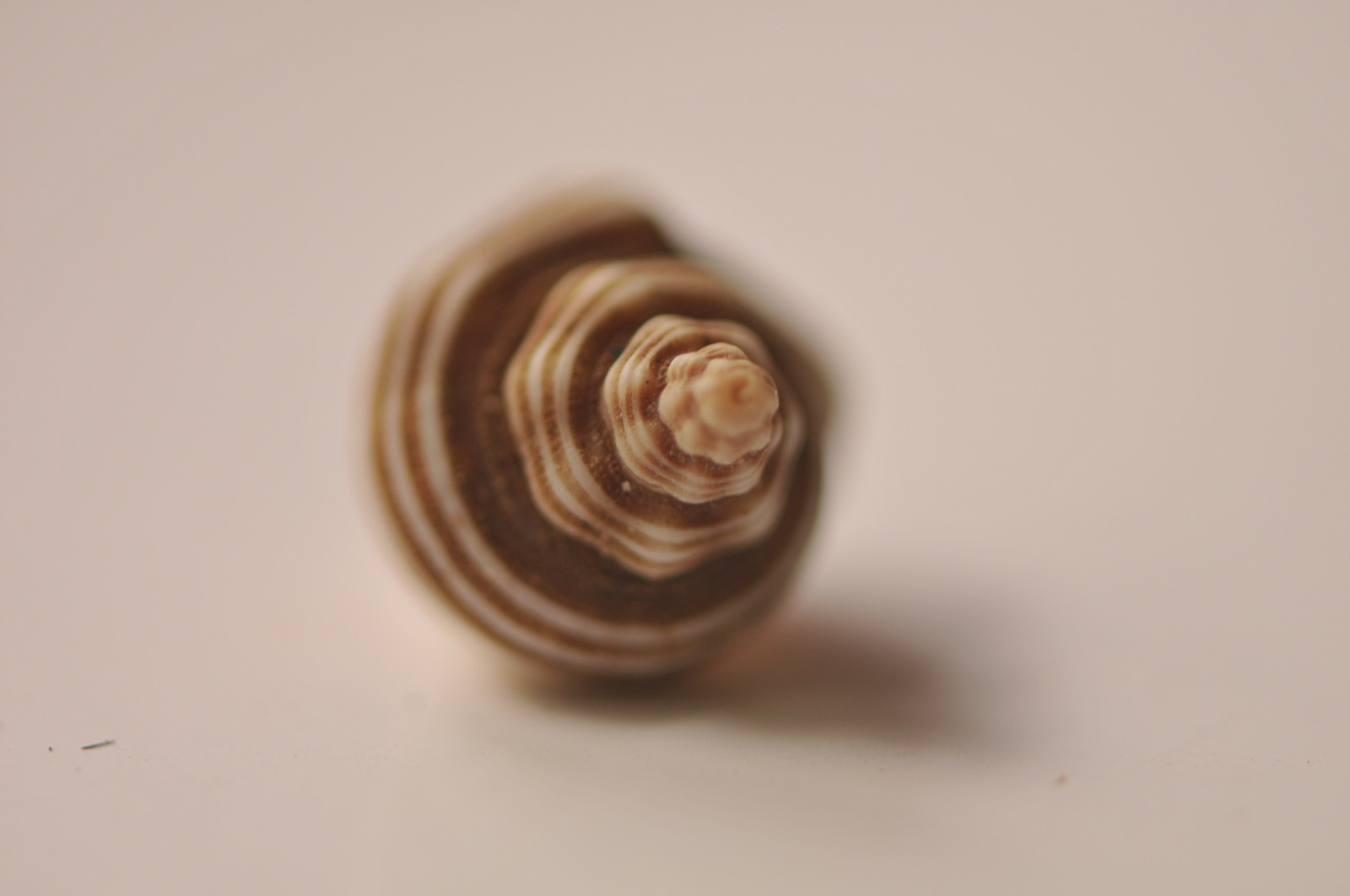




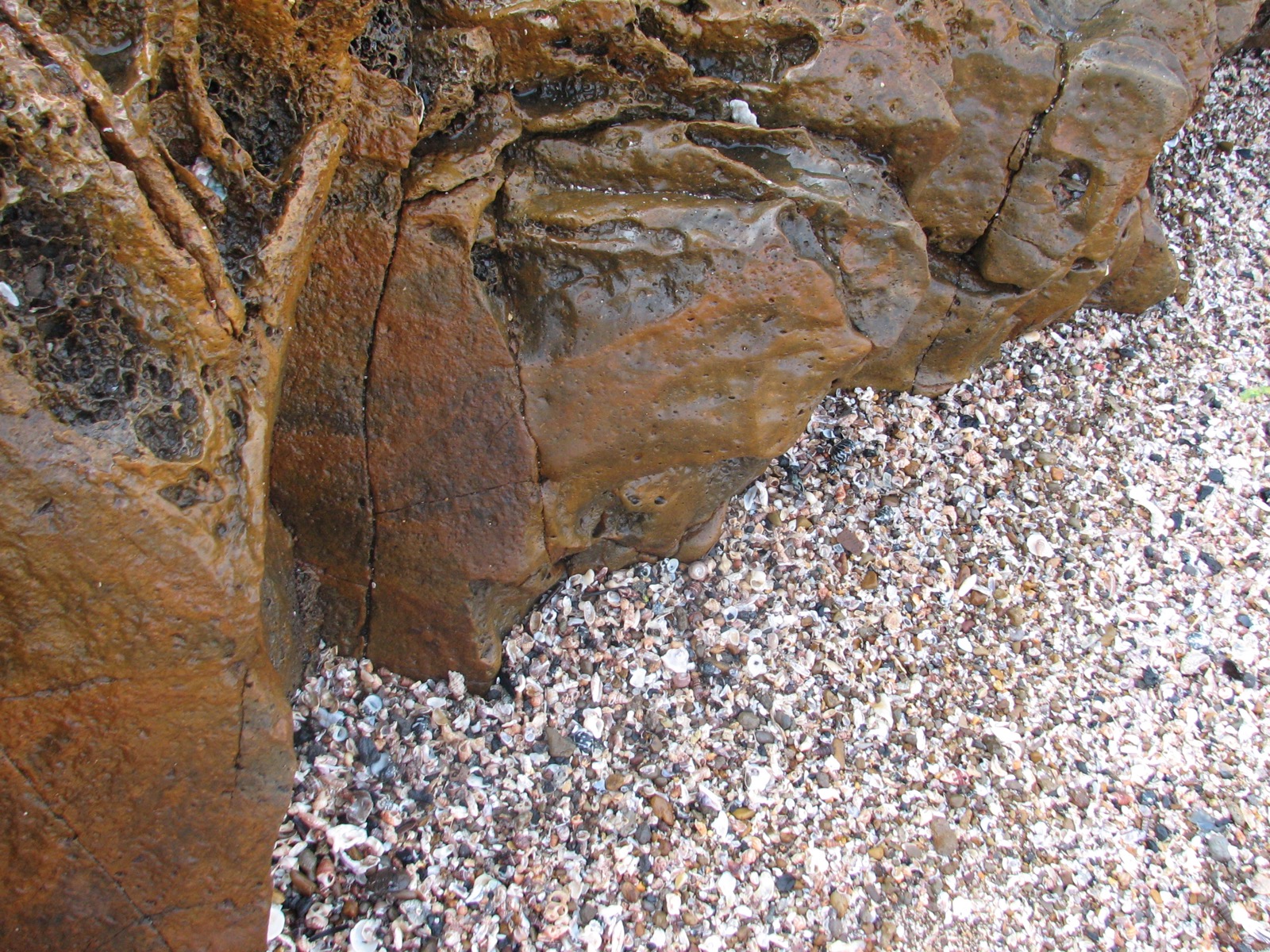
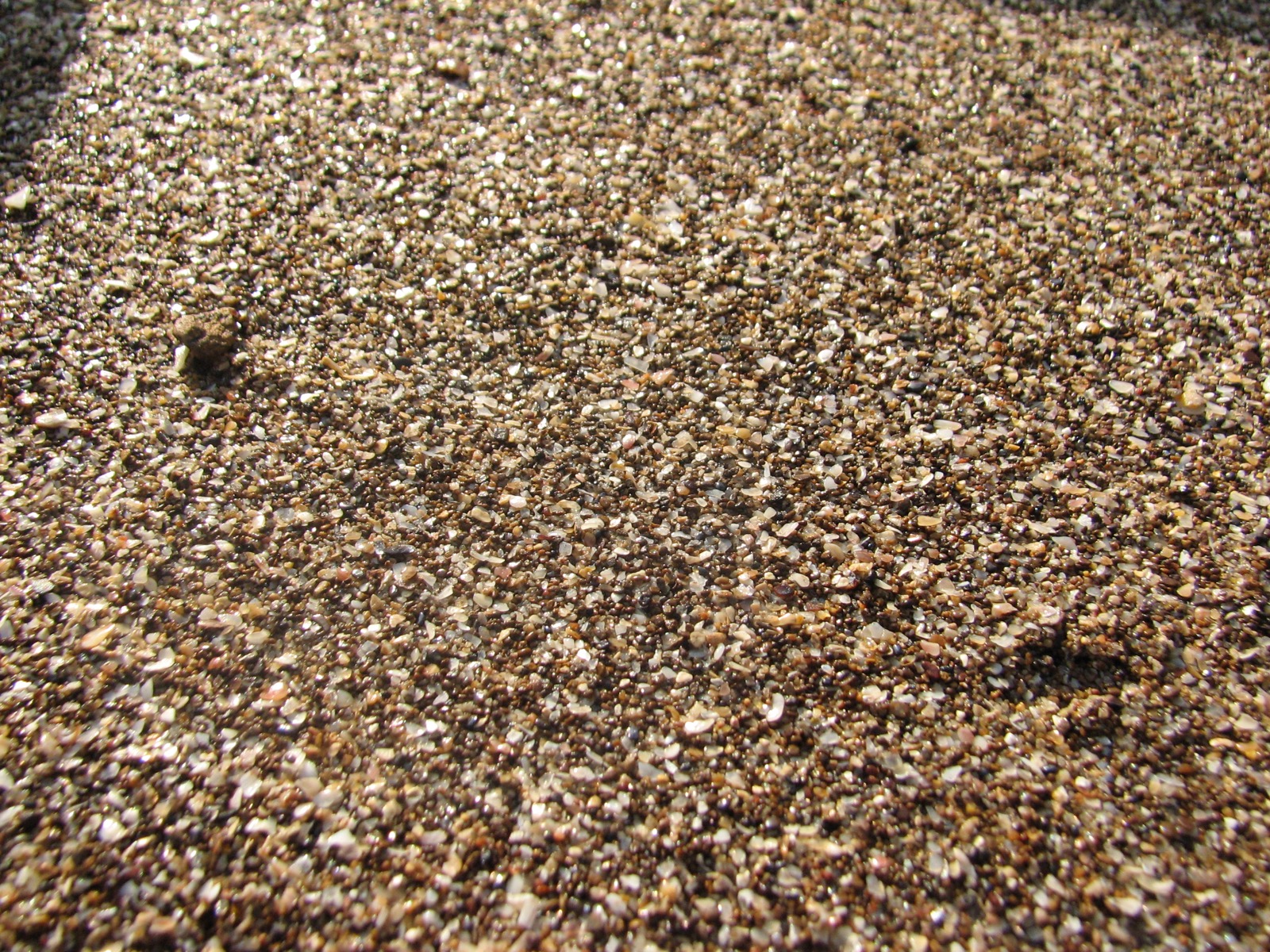
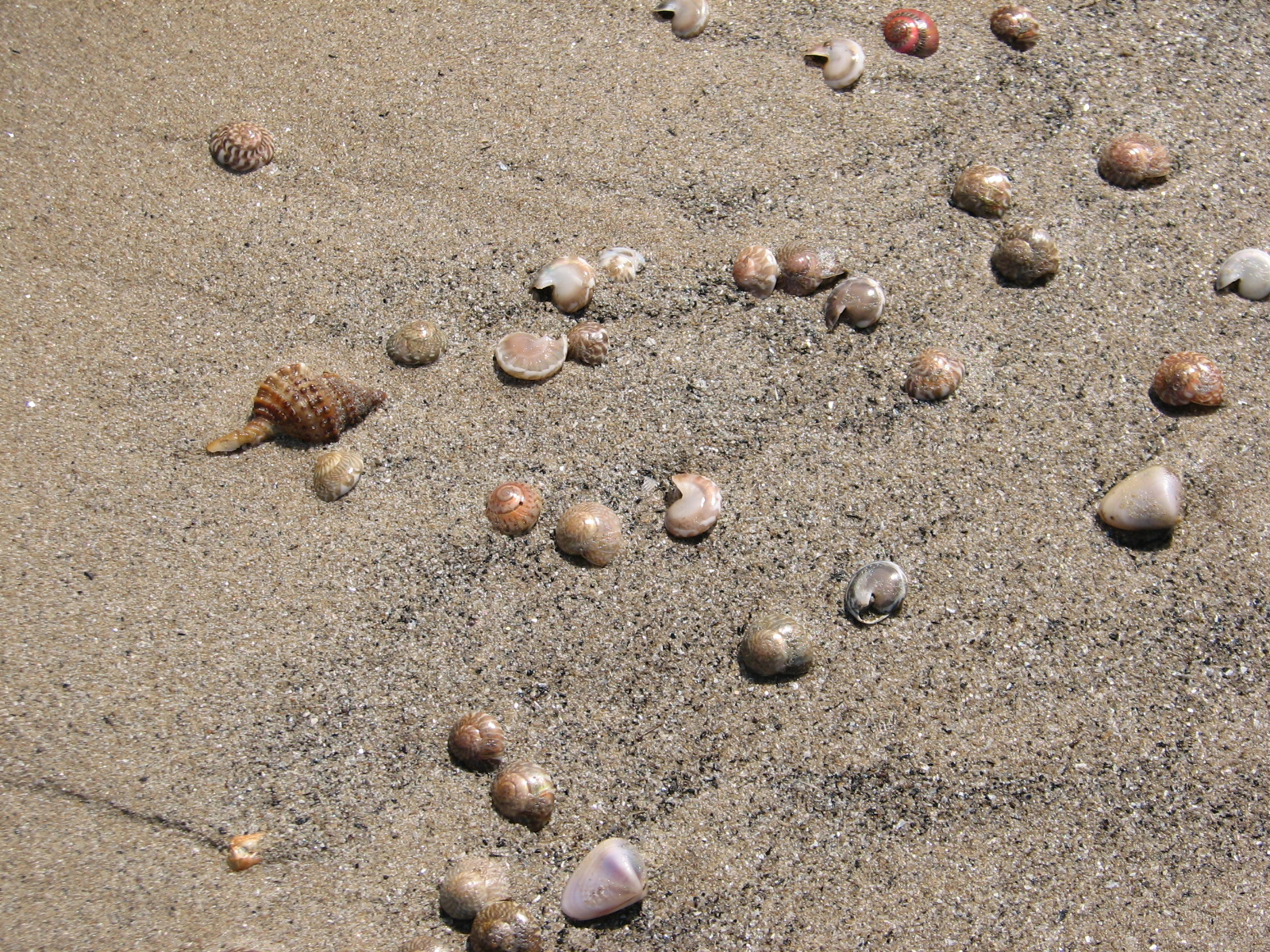


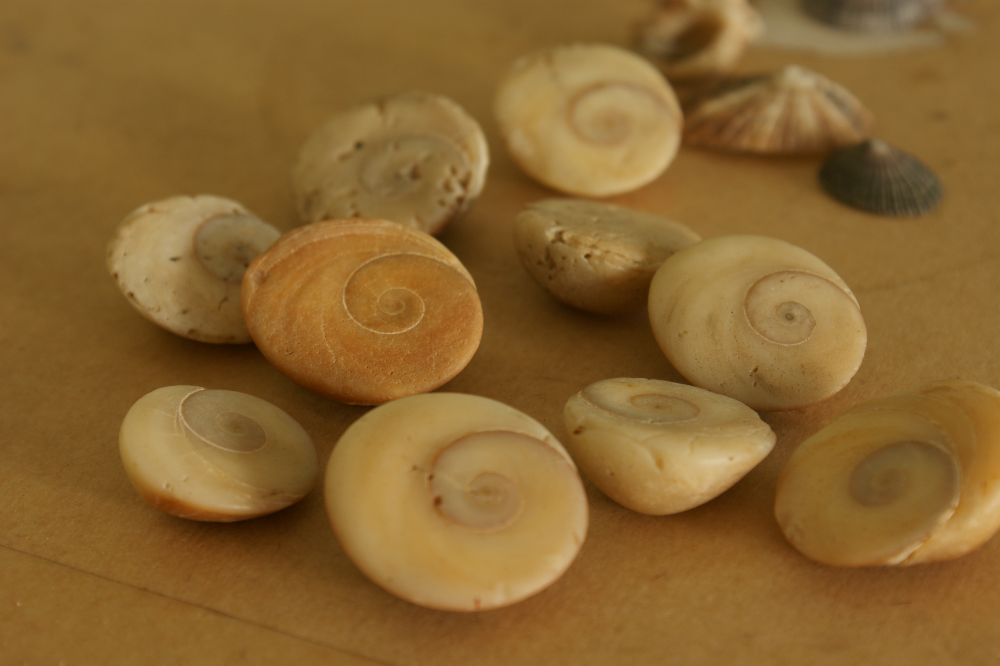
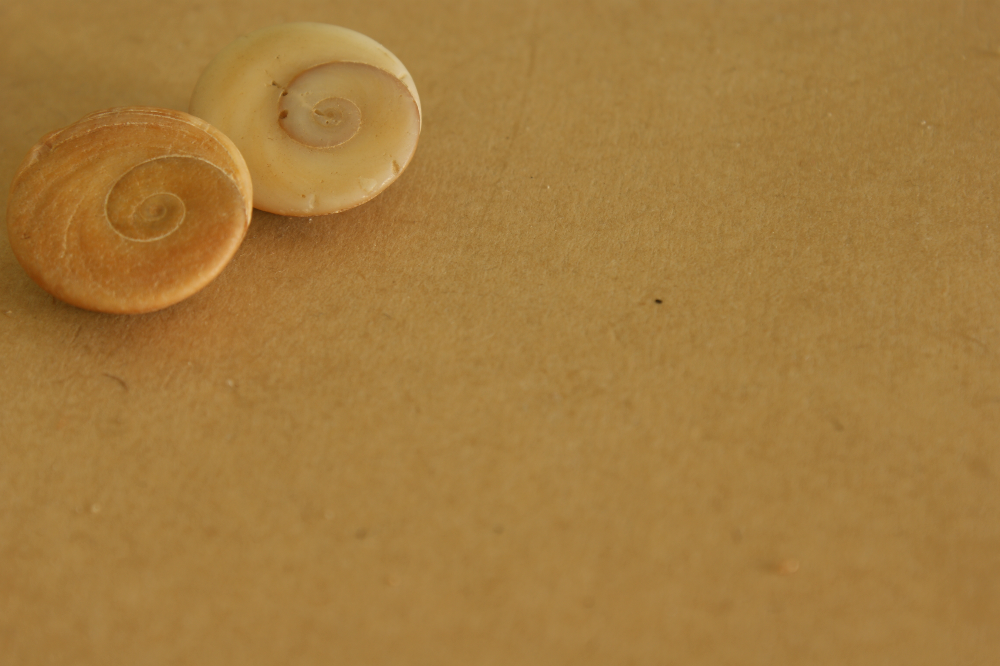
But in case of these spirals I could not understand how or where the animal would be using this shell. There was no hole to hide or provide a protection to the animal, as it was solid. It was indeed a puzzle. The shells definitely belonged to an animal, but which one and how did it use it? I asked around but did not get any clear answers. Thus began a journey to unravel the mystery. The image search for spiral shell did not help, though I came to know that these shells are used in astrology oriented rings with silver. And apparently they are seen in jewellery shops.
The first thing we knew for sure was that the shell belonged to a marine animal. But how did that animal use this? It remained an unsolved question for a couple of years. I would ask around to anyone with some knowledge of zoology, but it didn’t get any answers. Then one day someone did faintly recognised, “Isn’t this an operculum?” Now a quick image search with this new term, operculum, I learned gave the answer to this mystery. And commonly it is also known as cat’s eye shell. And the long mystery was solved:
The operculum is attached to the upper surface of the foot and in its most complete state, it serves as a sort of “trapdoor” to close the aperture of the shell when the soft parts of the animal are retracted. The shape of the operculum varies greatly from one family of gastropods to another. It is fairly often circular, or more or less oval in shape. In species where the operculum fits snugly, its outline corresponds exactly to the shape of the aperture of the shell and it serves to seal the entrance of the shell. (wiki)
TODO: Identify all the shells in the photos..
References
Deepak Apte – The Book of Indian Shells (BNHS)














